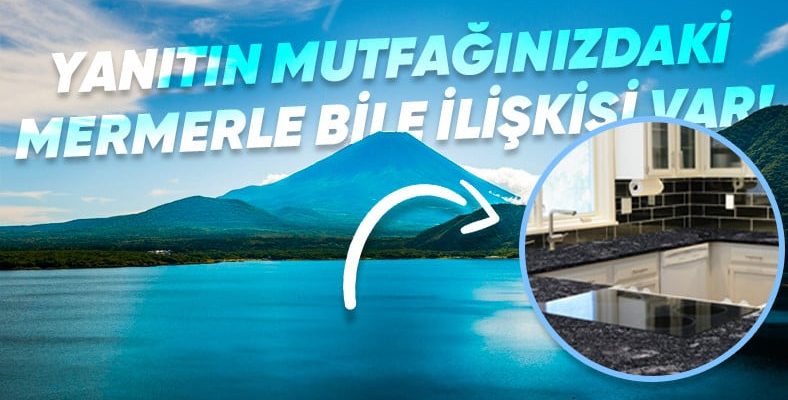Since we live in a country surrounded by seas on three sides, we know more or less about the seas. Well, have you ever thought about how the huge bodies of water that stood there for millions of years were formed? Let’s go to the basics of the subject and see the important features that we must know by looking closely at the sea formation through the question of how the seas are formed.
Three-quarters of our world, that is, more than half of it, consists of water. We see this water in large masses in oceans and seas. There are seas even on three sides of the Anatolian geography we live in. Take a moment while looking at this huge body of water on a seashore and dreaming How did this sea, which has been there for millions of years, formed? And have you ever thought about its features?
Before we get to the formation of the sea, we sometimes realize that many people are unaware of even the fundamental differences between sea and ocean. It is not right to blame anyone in this regard, because even the names of places that are not seas are sometimes referred to as seas, so if you are not closely related to geography, you may not fully understand the differences. Let’s talk about the most basic question on the subject. How are seas formed? Let’s look for an answer to the question and in the meantime see the important features about the formation of the sea.
Let’s start with the basics, what is the sea?
Large bodies of water that have a direct connection with the oceans are called seas. Due to ocean connections They are also called ocean tributaries. Even if they are not connected to the ocean, some bodies of water are called seas because they are as large as a sea. The seas, which are the cornerstone of the ecosystem and contain billions of microorganisms, together with the oceans, constitute 96% of all water bodies.
Most of the seas are salty. When this dust content is 3.5 percent or more water becomes unusable. So we cannot drink sea water or use it for any other purpose. Still, the seas are important because even today a large part of commercial transport is provided by sea.
The earth was first a cloud of gas and dust, then the rains began:
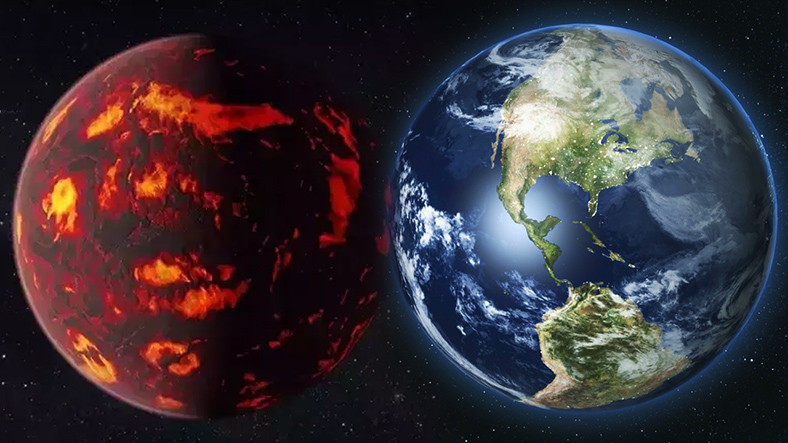
In the universe formed after the Big Bang, countless pieces began to spin around with the effect of the explosion. During this turn, some of them were quite close to each other, and They began to unite thanks to gravitational forces. One of them was the planet Earth we live in. Our planet is made of frozen ice, silicate and metal structures.
There are different theories about the start of the first rain. According to some theories, with meteorites The ice that came to Earth was warmed by the sun’s rays and the water cycle as we know it was formed. According to another theory, due to the numerous volcanic activities experienced, the temperature rose and accumulated in the atmosphere, which was the gas layer that formed initially, and turned into rain. So, according to both theories, there was already ice water on Earth. All that was required for the rain to fall was the evaporation of this ice. The next one has come one after another.
RELATED NEWS
How Does Rain Actually Form?
Let’s come to the real issue, how are the seas formed?
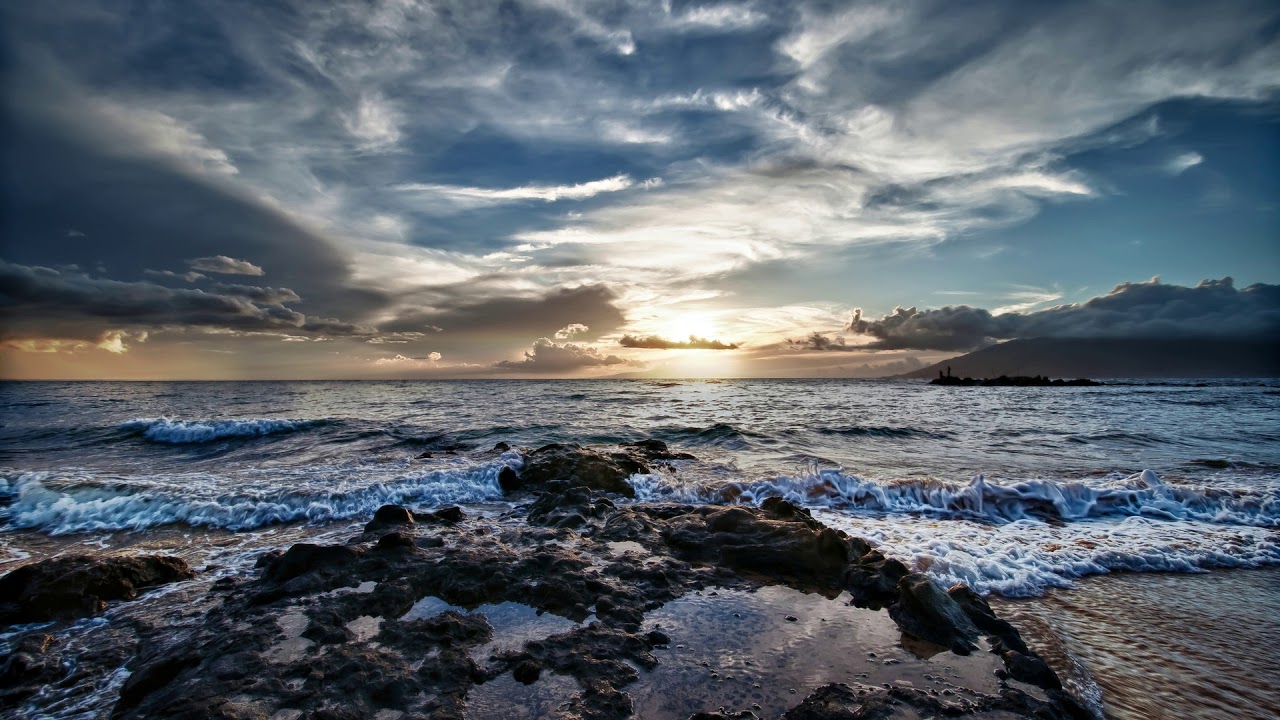
It is estimated that the seas formed millions of years ago. Earth’s crust consists of granite and basalt rocks. The rocks in the area where there is no water, that is, on the earth, are granite. The sea floor consists of basalts. Because granite is high and stays above. Basalt is heavy and stays below.
Due to the mass difference between them, the difference between these two rocks gradually widened with the effect of gravity and external factors. Rainwater falling as a result of the water cycle over time, it accumulated in basalt pits located lower. Since the accumulated water cooled the basalt floor, evaporation did not occur. The water accumulated over millions of years has increased so much that the bodies of water that we call the sea today emerged. This is how the seas were formed.
Granite and basalt are part of our daily life:

Granite and basalt, that is, the rocks that make up the earth, are not only the natural substances on the ground, but also the most important materials in the establishment of human civilization. Because When we look at Göbeklitepe and similar first human settlements, We see that granite and basalt are used in many materials made.
Granite and basalt rocks can sometimes be far below the ground and sometimes within our reach. During volcanic activities These substances are widely spread around. Today, the most common use of basalt and granite is the construction industry. Especially basalt is often preferred because it is an extremely durable rock. In fact, granite began to be used on the countertops of the kitchens in our homes over time.
Let’s get to know a little more closely: what are the characteristics of the seas?
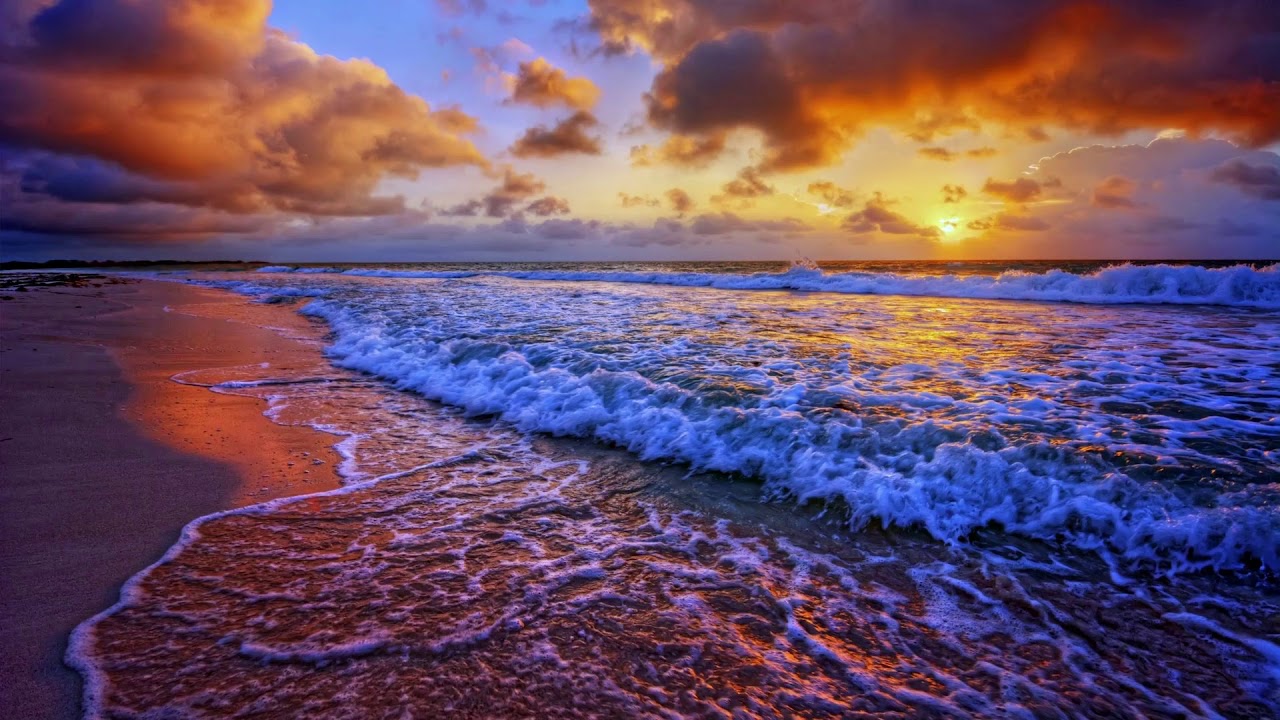
The large bodies of salty water that fill the pits on the earth are called seas. Seas are larger than lakes and smaller than oceans. The salinity rate in sea water varies according to the evaporation rate, the amount of precipitation it receives, stream connections and proximity to glaciers.
Although it varies according to the sea 78.3 percent of sea water is salt, 9.4 percent magnesium chloride, 6.4 percent magnesium sulfate, 3.9 percent calcium sulfate, 1.7 percent potassium chloride.
The Red Sea is considered the world’s saltiest sea, and the Baltic Sea is considered the world’s saltiest sea. The main feature of the seas is their connection to the ocean. There are many different sizes of seas in different parts of the world. With a width of 2.5 million square kilometers, the Mediterranean Sea is the world’s largest sea, and with a width of 11,500 square kilometers, the Sea of Marmara is the smallest sea in the world.
Even though they look the same, they are actually quite different: what are the seas by type?
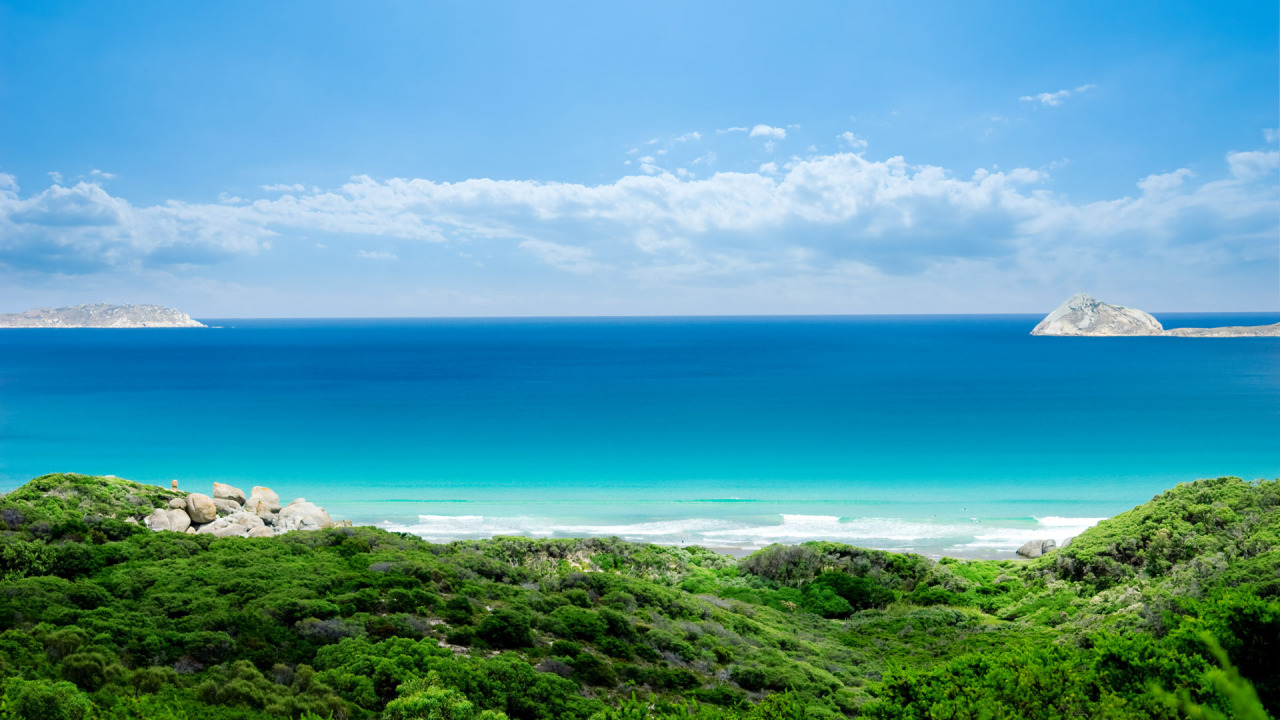
It is possible to divide the seas into three according to their location and geographical structure; border seas, intermediate seas and inland seas. Border seas are seas located next to the mainland and are connected to the ocean. Some large lakes are also considered border seas because they are large enough to be called seas, even without ocean connections.
Seas surrounded by continents are classified as intermediate seas. Such seas they are connected to the ocean by a very narrow channel. The seas that are mostly inside the land are called inland seas. Inland seas are connected either to an intermediate sea or to an ocean, albeit limited.
So what is the difference between sea, lake and ocean?
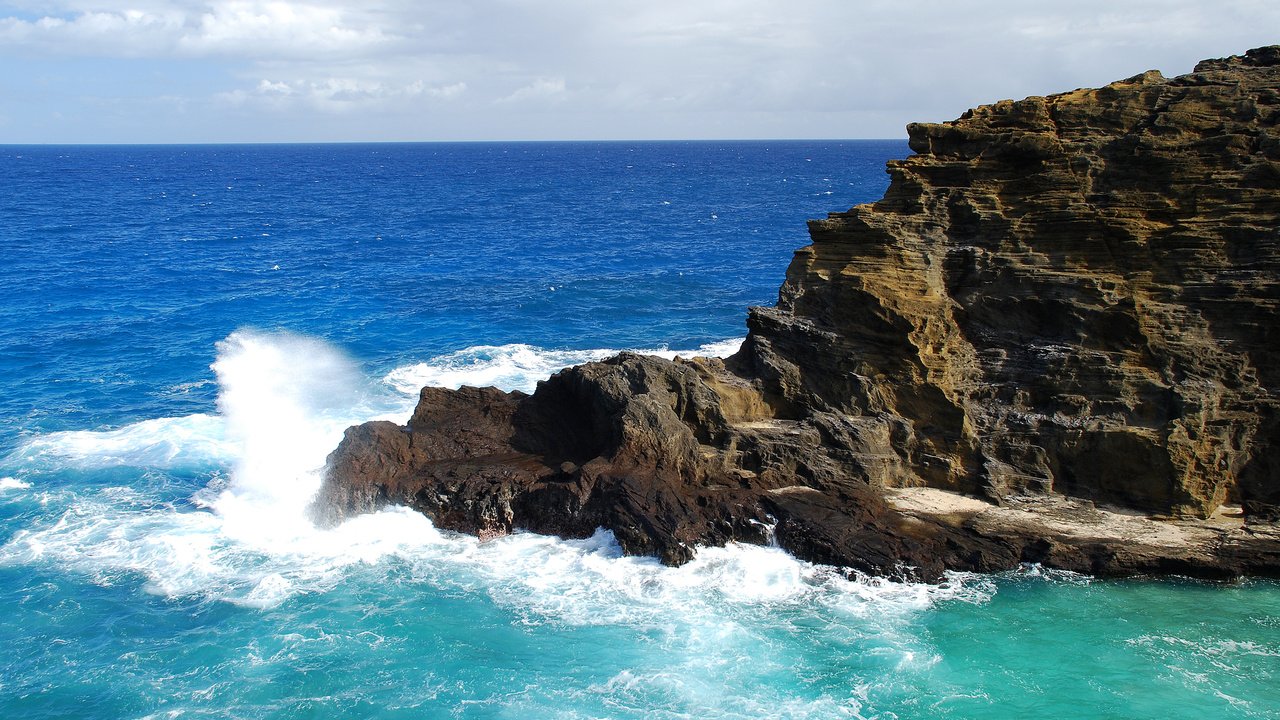
The main difference between seas and oceans is that seas are much smaller. Often the oceans are much deeper than the seas. A situation related to depth also occurs on the continental shelf. The continental shelf of the seas, that is, the less sloping area covered with land-borne rocks extending to a depth of 200 meters, is much wider. The temperature in the oceans is higher, the waves are longer and the effects of earthquakes are much stronger.
Just as seas are smaller than oceans, lakes are smaller than seas. Even if the big ones are called the sea Lakes are not seas because there is no ocean connection. While sea water is salty, lake water is soda or sweet. Therefore, freshwater creatures live in the lakes. For the same reason, the buoyant force of salty sea water is much higher. Lifting force is the most important factor affecting transportation.
According to the oceans they are connected to, the seas of the world are:
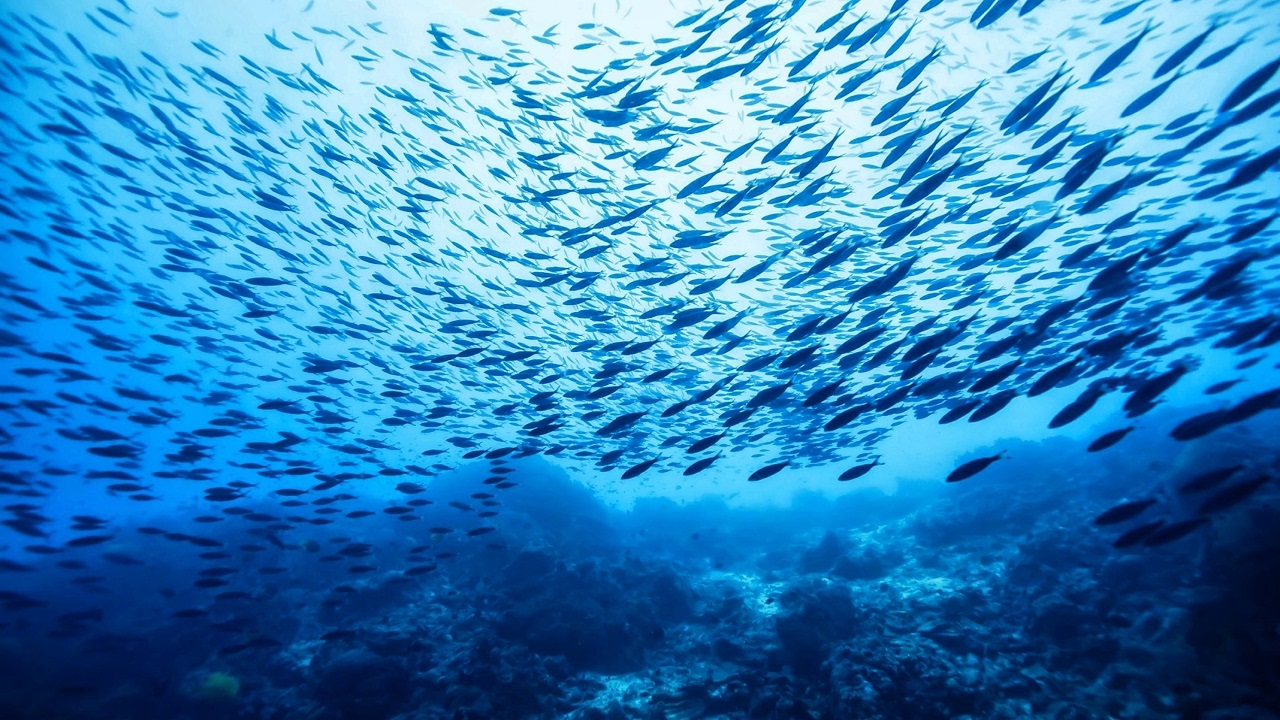
- Pacific Ocean:
- Chilean Sea
- Gulf of Alaska
- Bering Sea
- Arafura Sea
- Banda Sea
- Bohol Sea
- Sea of Cortez
- Sea of Japan
- Ceram Sea
- Javanese Sea
- Celebes Sea
- East China Sea
- Watery Sea
- Philippine Sea
- Flores Sea
- Coral Sea
- South China Sea
- Timor Sea
- Yellow Sea
- Maluku Sea
- Thai Sea
- Indian Ocean:
- Red Sea
- Timor Sea
- Gulf of Aden
- Basra Bay
- Arabian Sea
- Gulf of Oman
- Andaman Sea
- Bengal Sea
- The Atlantic Ocean:
- Caribbean Sea
- North Sea
- Baltic Sea
- Bay of Fundy
- Irish Sea
- Mediterrenian
- Adriatic Sea
- Aegean Sea
- Thrace Sea
- Cretan Sea
- Black Sea
- Marmara Sea
- Alboran Sea
- Catalan Sea
- Gulf of Kyrenia
- Sea of Azov
- Gulf of Finland
- Baffin Bay
- Celtic Sea
- Gulf of Mexico
- Sargasso Sea
- Arctic Ocean:
- Greenland Sea
- White Sea
- Chukchi Sea
- Hudson Bay
- East Siberian Sea
- Amundsen Sea
- Barents Sea
- Black Sea
- Norwegian Sea
- Laptev Sea
- Lincoln Sea
Separated from other large bodies of water by its connections to the oceans How are seas formed? By answering the question, we talked about the features you need to know about the formation of the seas. Wherever they are, the seas are extremely important to our world and therefore deserve to be protected at all times. You can share your thoughts on the subject in the comments.
